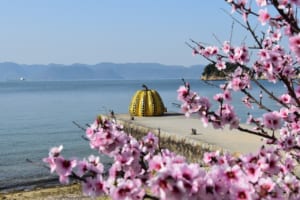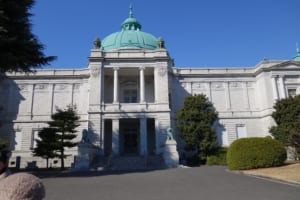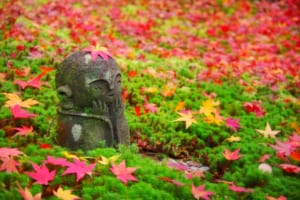Best Free Museums in Japan
Top 10 Free Museums in Japan
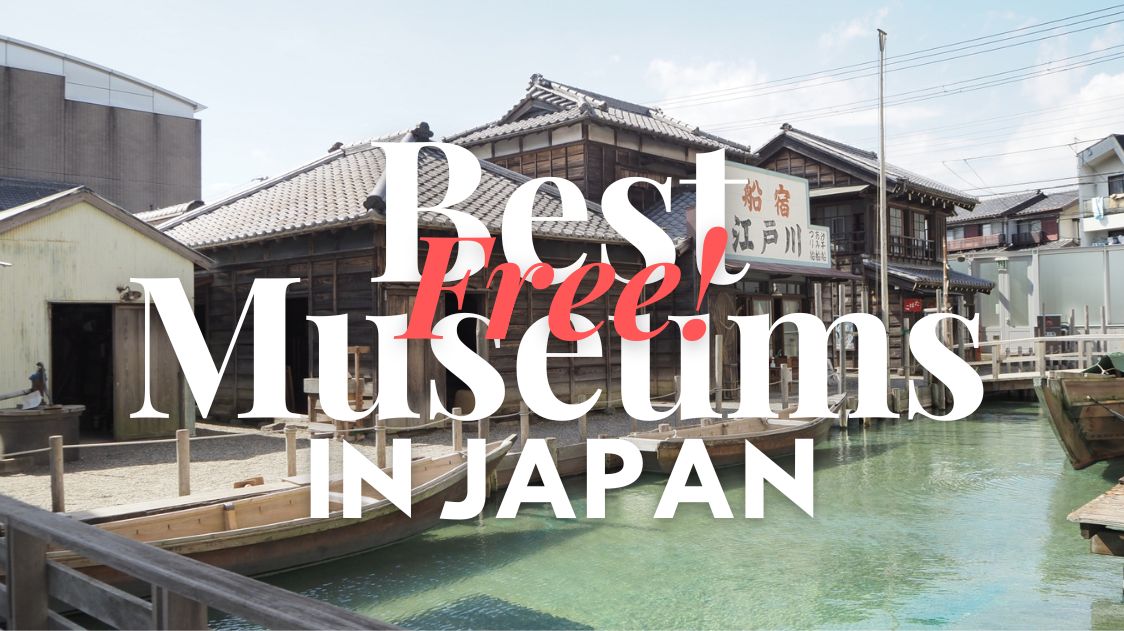
Japan is a treasure trove of museums that defy expectations, not just for their rich content, but for the fact that they won’t cost you a single yen! That’s right, in a country known for its meticulous attention to detail, you can explore cutting-edge technology, discover centuries-old traditions, or even step inside a space center, all for free! If you don’t believe it, we’ve done the legwork to prove it.
After diving deep into hundreds of fascinating spots across the country, we’ve handpicked a list of free museums that span Japan’s diverse prefectures and cater to every kind of curiosity. Whether you’re into science, history, or something in between, this list is packed with places that promise not only to educate but to captivate visitors of all ages. Prepare to be amazed at what you can experience without spending a dime!
1. Sapporo Beer Museum (Hokkaido)
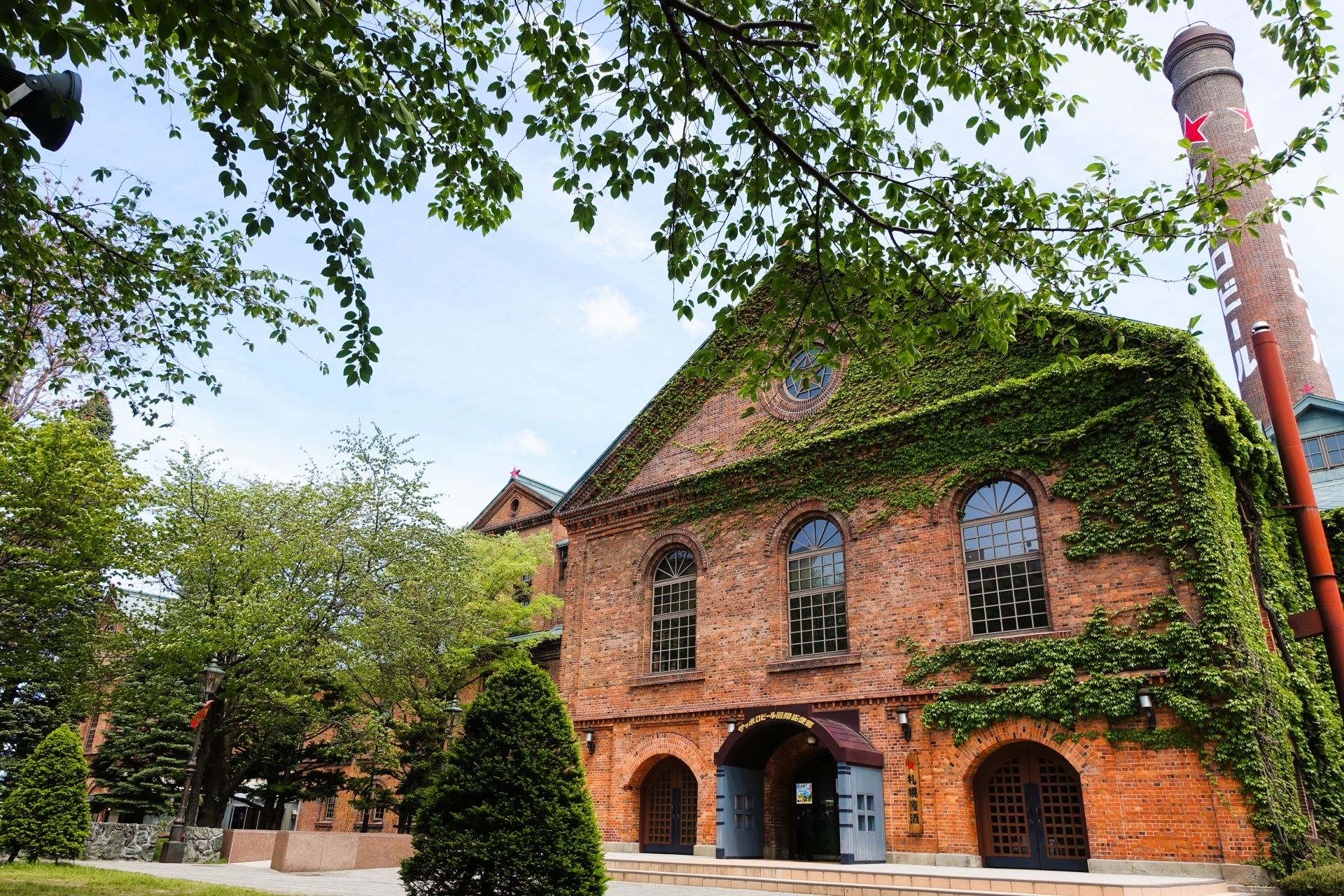
Although the museum tour itself is free, for a small fee you can also enjoy beer tastings! If you’re a beer enthusiasts or have some interest in Japan’s industrial history, this museum is definitely a must-visit. The building itself, with its rustic and historical ambiance, adds to the experience.
It’s among the best museums because: It provides an immersive experience into the history of Japan’s iconic beer brand, free of charge.
 Access Access |
11-min walk from Naebo Station |
|---|---|
 Official Website Official Website |
http://www.sapporobeer.jp/brewery/s_museum/ |
2. Bank of Japan Currency Museum (Tokyo)

With informative displays in both Japanese and English, this museum is ideal for those who have a keen interest in finance, economics, or history. The museum not only highlights Japan’s domestic currency but also showcases international currencies and how global exchanges have influenced Japan’s economic development.
It’s among the best museums because: It offers an enriching and educational experience on Japan’s economic evolution without an admission fee, making it a treasure trove for history and finance enthusiasts.
 Access Access |
6-min walk from Nihombashi Station or 12-min walk from Tokyo Station |
|---|---|
 Official Website Official Website |
http://www.imes.boj.or.jp/cm/index.html |
3. Japan Coast Guard Museum (Kanagawa)
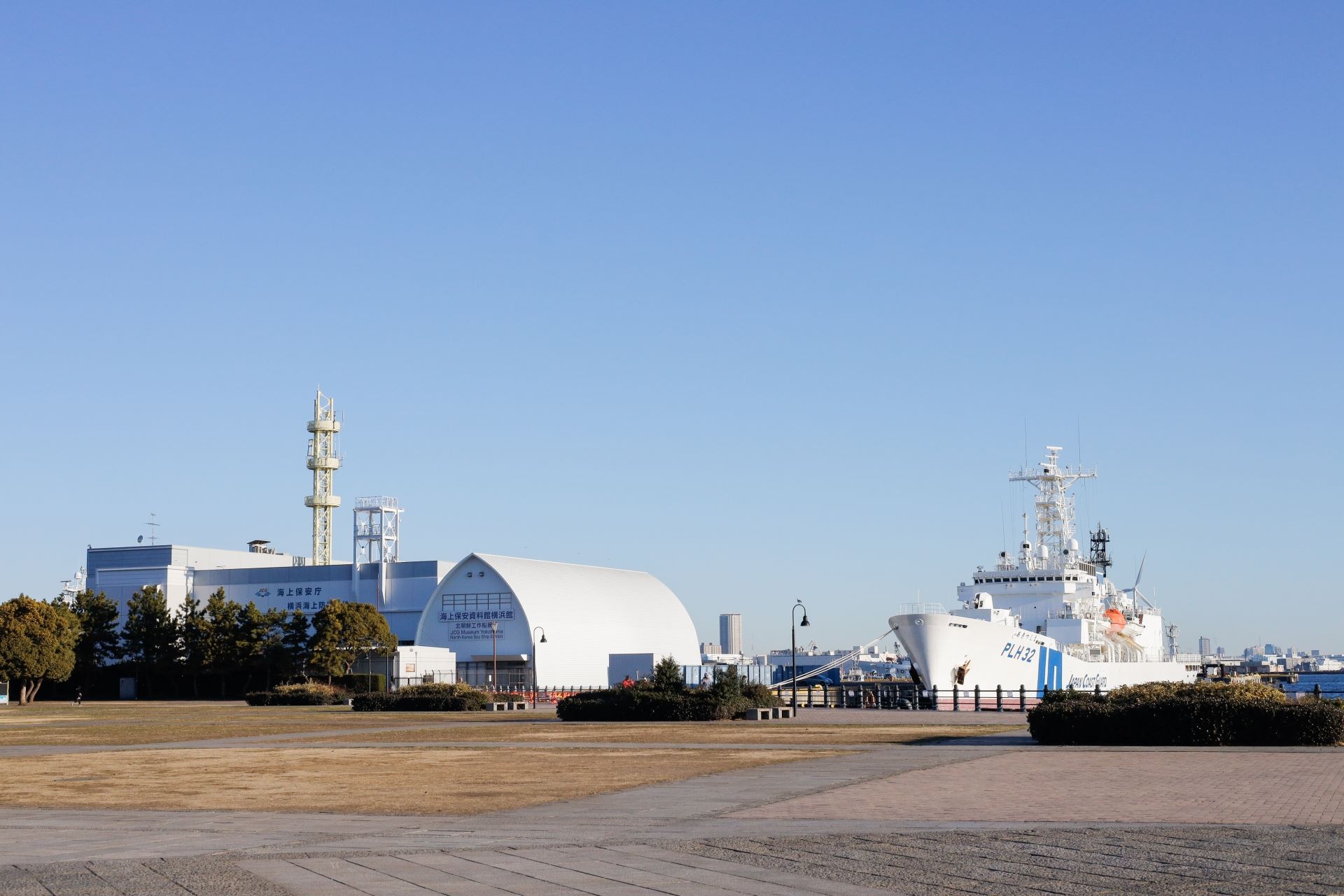
Other exhibits include scale models of patrol ships, rescue equipment, and displays on the history of Japan’s maritime security. The museum is compact yet informative, making it a unique and specialized attraction in Yokohama. Admission is free, making it accessible to everyone interested in maritime history and Japan’s national security efforts.
It’s among the best museums because: It provides an eye-opening view of Japan’s maritime security, featuring rare exhibits like the infamous North Korean spy ship, without any entrance fee.
 Access Access |
13-min walk from Nihon-Odori Station or 15-min walk from Bashamichi Station |
|---|---|
 Official Website Official Website |
https://www.kaiho.mlit.go.jp/03kanku/kouhou/jcgm_yokohama/ |
4. Kyoto City Disaster Prevention Center (Kyoto)
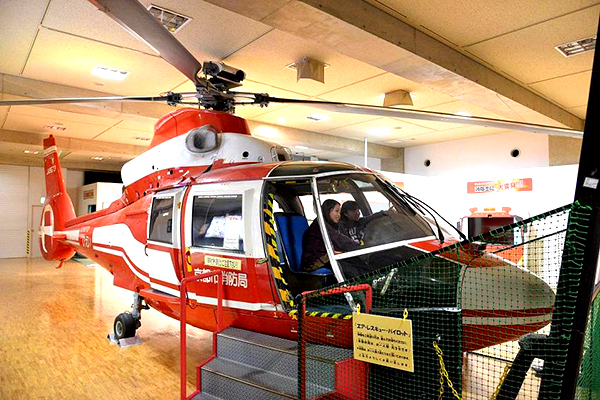
The Kyoto City Disaster Prevention Center (京都市市民防災センター) is an educational facility dedicated to raising awareness and preparedness for various natural disasters, particularly in a city with such a vast heritage like Kyoto. The center offers a variety of hands-on experiences and interactive exhibits that teach visitors how to respond effectively during earthquakes, fires, and floods.
You can participate in earthquake simulation experiences, fire extinguisher training, and learn critical life-saving techniques such as first aid and CPR. The center’s aim is to equip citizens and tourists alike with the knowledge and skills needed to protect themselves and others in the event of a disaster. Free admission makes it accessible to everyone, and it serves as a crucial (and entertaining!) resource for promoting safety in disaster-prone Japan.
It’s among the best museums because: It’s a vital educational stop in Kyoto that offers essential, life-saving knowledge through engaging, free, hands-on experiences
5. JAXA Tsukuba Space Center (Ibaraki)
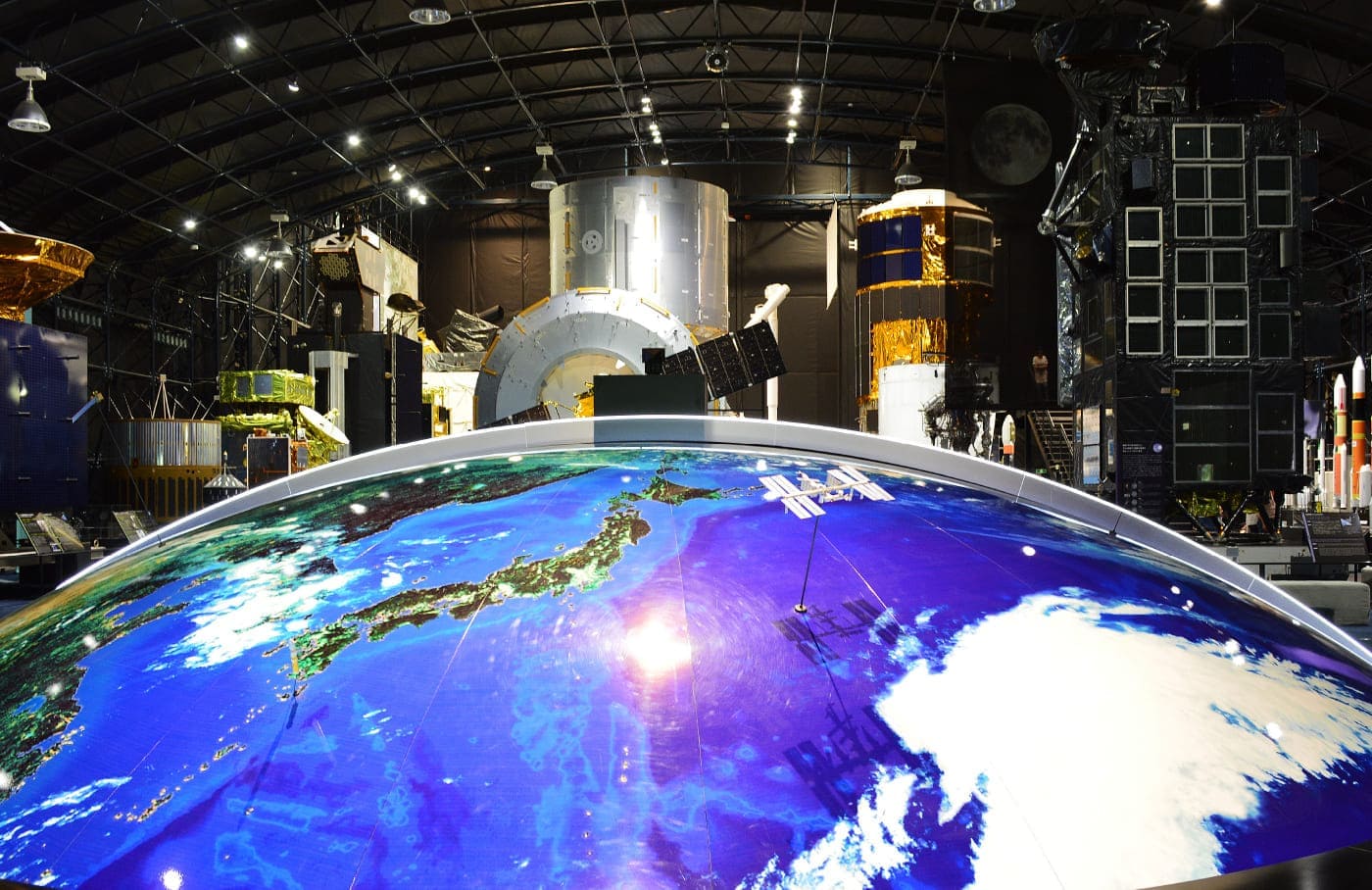
The JAXA Tsukuba Space Center (宇宙航空研究開発機構筑波宇宙センター) is Japan’s hub for space exploration and research, operated by the Japan Aerospace Exploration Agency (JAXA). Located in Tsukuba, this cutting-edge facility offers visitors an inside look at Japan’s space missions, satellite technology, and astronaut training programs. The Space Center features a range of exhibits, including full-scale models of rockets, satellites, and the Japanese Experiment Module “Kibo” from the International Space Station.
You can also explore the history and future of Japan’s space exploration efforts through interactive displays and educational videos. The guided tours, which are free of charge, provide a deeper understanding of the complex processes behind space missions and the role of Japan in global space exploration.
It’s among the best museums because: a unique and free opportunity to engage with the science and technology that drive Japan’s space exploration efforts!
6. Osaka City Sewerage Science Museum (Osaka)
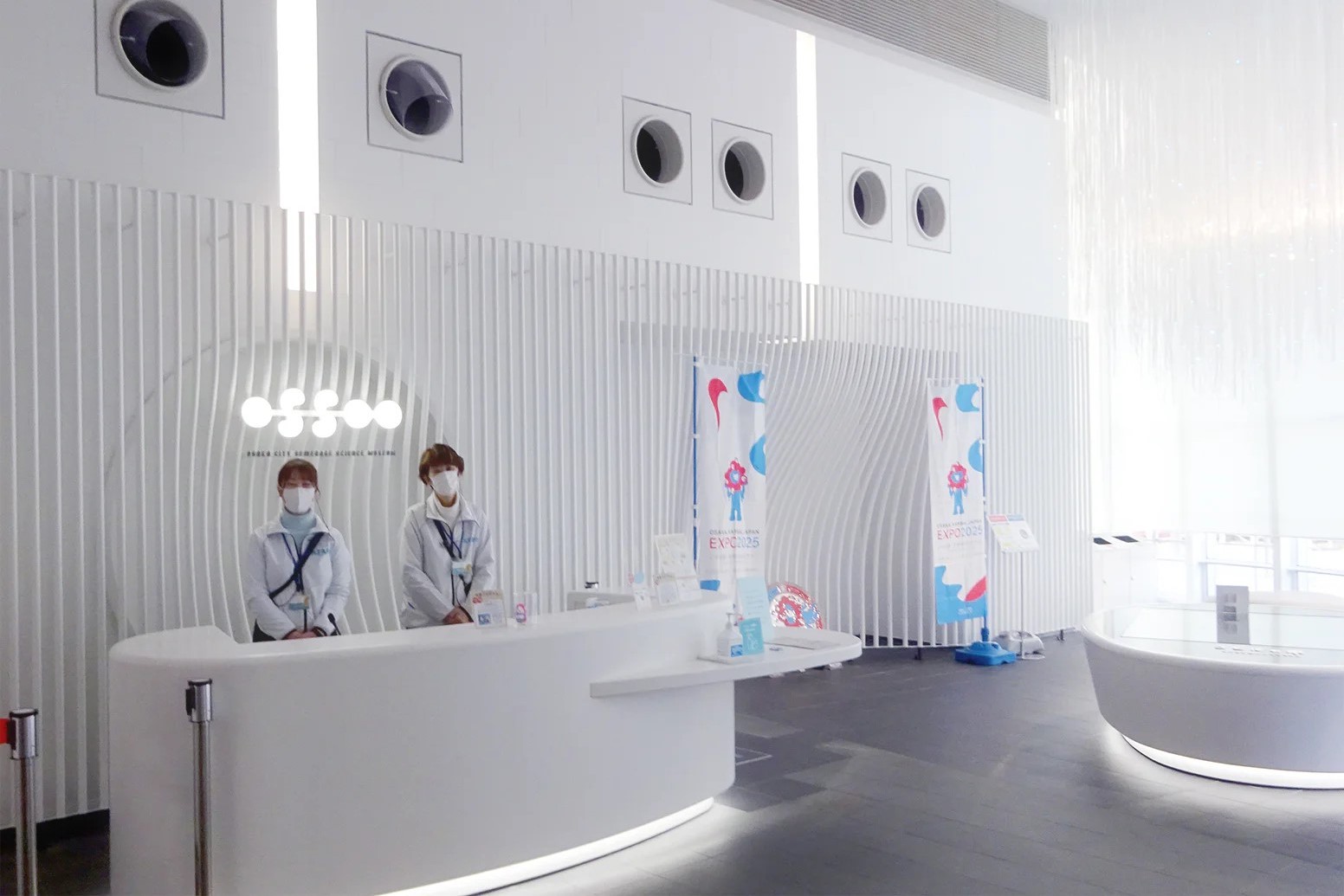
The Osaka City Sewerage Science Museum (大阪市下水道科学館) is an engaging and educational journey into the often-overlooked world of urban sewer systems. As unappealing as it may seem, this unique museum provides you with a detailed look at how the city’s extensive sewerage infrastructure operates, highlighting its vital role in maintaining public health and environmental sustainability.
The museum features interactive exhibits, including models and simulations that explain the process of wastewater treatment, flood prevention, and water recycling. Here you can explore the history of Osaka’s sewerage system and learn about the innovative technologies used to manage the city’s wastewater. The facility is particularly popular with school groups and families, offering hands-on experiences that make complex engineering concepts accessible and fun.
It’s among the best museums because: It provides a fascinating and informative look at the essential infrastructure that keeps cities functioning, all for free, making it an educational gem in Osaka.
7. Toyota Kaikan Museum (Aichi)
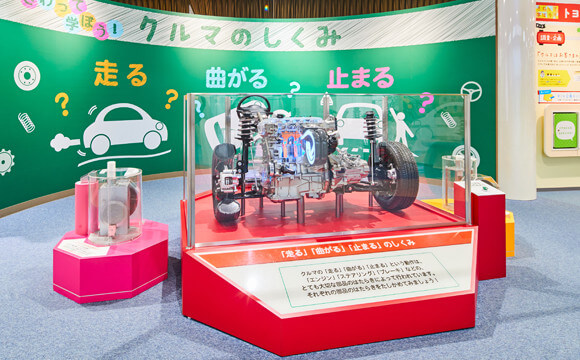
The Toyota Kaikan Museum (トヨタ会館), located in Toyota City, offers visitors an immersive experience into the world of Toyota, one of Japan’s most iconic automotive manufacturers. The museum showcases Toyota’s latest technologies, including hybrid and hydrogen fuel cell vehicles, autonomous driving systems, and safety innovations. Here you can explore a range of interactive exhibits, view concept cars, and learn about Toyota’s commitment to sustainability and innovation in the automotive industry.
The museum also provides insights into the company’s history, highlighting its evolution from a textile manufacturer to a global leader in automotive technology. Additionally, you can also observe production processes through guided tours of nearby Toyota factories, making the experience both comprehensive and enlightening.
It’s among the best museums because: It offers a unique and in-depth look at cutting-edge automotive technology and innovation, free of charge!
 Access Access |
9-min bus or 15-min walk from Mikawa-Toyota Station |
|---|---|
 Official Website Official Website |
https://www.toyota.co.jp/jp/about_toyota/facility/toyota_kaikan/index.html |
8. GODAC (Okinawa)
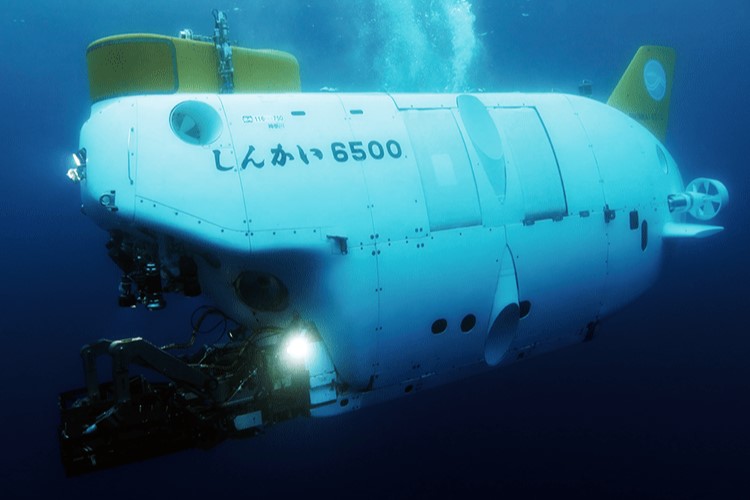
The International Marine Environmental Information Center (国際海洋環境情報センター), also known as Global Oceanographic Data Center (GODAC) in Okinawa is a cutting-edge facility dedicated to the study and preservation of marine environments. Operated by the Japan Agency for Marine-Earth Science and Technology (JAMSTEC), GODAC serves as a hub for marine research and environmental data collection.
The center offers visitors a chance to explore a variety of exhibits focused on oceanography, marine ecosystems, and the latest technologies used in deep-sea exploration. Interactive displays allow guests to learn about the unique marine life found in Japan’s surrounding waters and the environmental challenges these ecosystems face. GODAC also plays a crucial role in disseminating marine environmental information globally, making it a significant resource for researchers and the public alike.
It’s among the best museums because: It provides free access to advanced marine science and environmental education, giving a unique opportunity to learn about the ocean’s mysteries and the importance of conservation.
 Access Access |
1-hour drive or 1h30min bus from Naha Bus Terminal |
|---|---|
 Official Website Official Website |
https://www.jamstec.go.jp/godac/j/godac/index.html |
9. Japan Ground Self-Defense Force Public Relations Center Rikkun Land (Saitama)
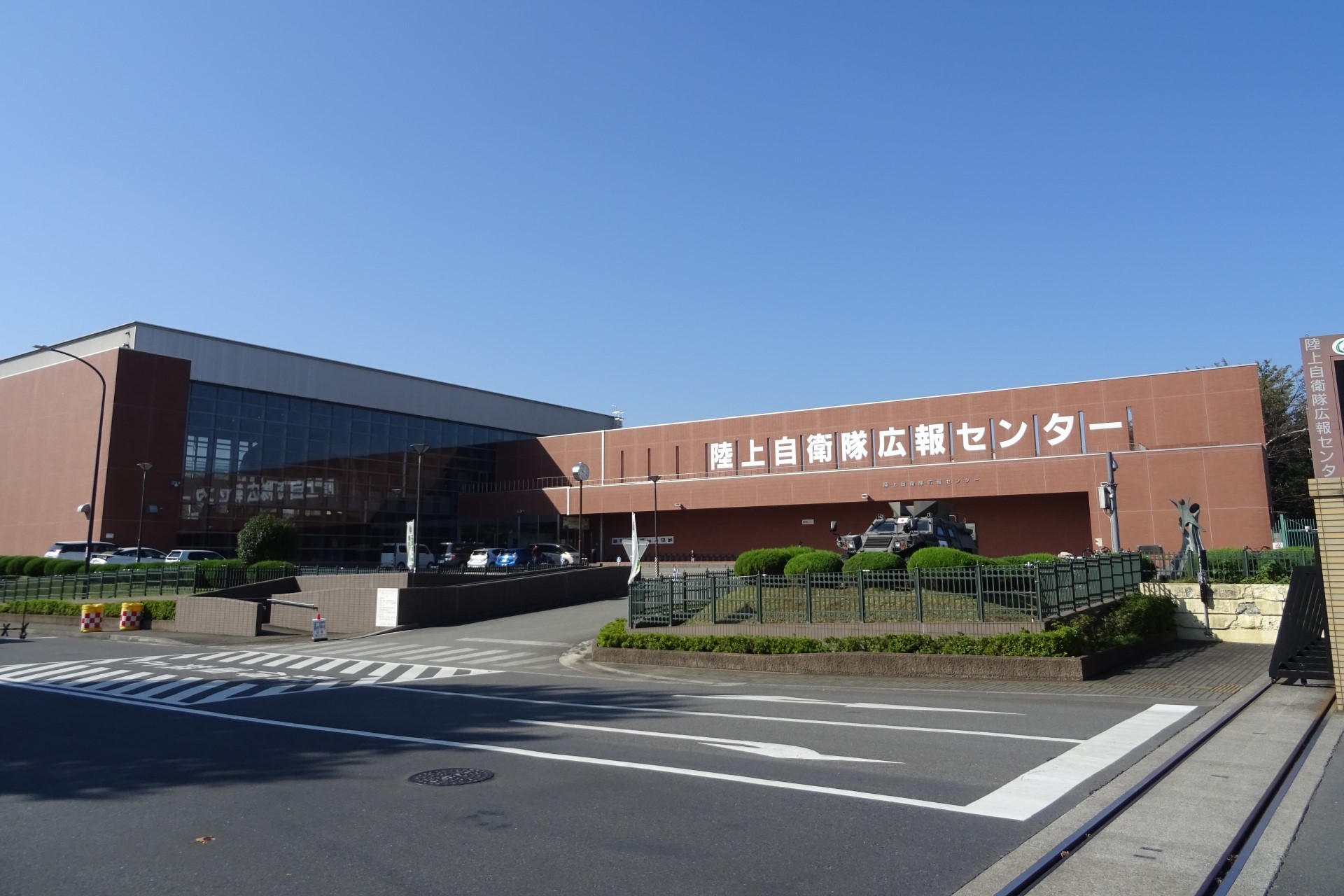
Here you can experience simulated training exercises, try on uniforms, and learn about the roles and responsibilities of the Ground Self-Defense Force in Japan’s national security. The interactive displays and realistic simulations make it a popular destination for families, military enthusiasts, and those interested in modern defense technology.
It’s among the best museums because: It offers a hands-on, educational experience about Japan’s defense forces, providing unique insights into military life and technology at no cost.
 Access Access |
5-min drive from Wakoshi Station |
|---|---|
 Official Website Official Website |
https://www.mod.go.jp/gsdf/eae/prcenter/ |
10. Urayasu City Museum of Local History (Chiba)

Exhibits showcase the evolution of the city from a small fishing village to its modern-day status as a bustling urban area. You can explore artifacts, photographs, and documents that illustrate the city’s past, providing a deep understanding of the local culture and traditions. The museum also features seasonal exhibitions and interactive displays, making it an engaging educational experience for visitors of all ages.
It’s among the best museums because: It provides an in-depth, free exploration of Urayasu’s transformation and cultural history, and it has an excellent architectural display of historical buildings.
 Access Access |
5-min drive from Shin-Urayasu Station |
|---|---|
 Official Website Official Website |
https://assarikunn.wixsite.com/website |
▽Subscribe to our free news magazine!▽
For more information about cultural activities and traveling in Japan, check these articles below, too!
▽Related Articles▽
▼Editor’s Picks▼
Written by
Photographer, journalist, and avid urban cyclist, making sense of Japan since 2017. I was born in Caracas and lived for 14 years in Barcelona before moving to Tokyo. Currently working towards my goal of visiting every prefecture in Japan, I hope to share with readers the everlasting joy of discovery and the neverending urge to keep exploring.





